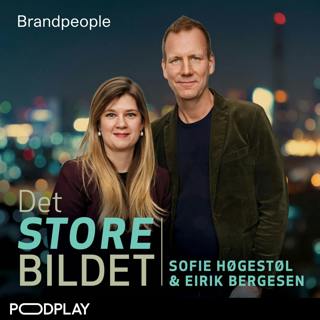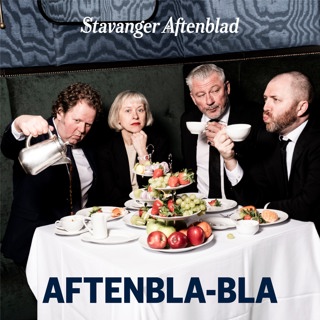
Gabrielle Union Makes Y2K Sheer Red Carpet Approved
The timeless allure of sheer fashion has found a remarkable muse in Gabrielle Union, whose impeccable sense of style continues to influence and inspire fashion enthusiasts globally. Union's recent spin on the sheer trend, infused with Y2K influences, marks a pivotal moment in fashion, merging nostalgia with contemporary aesthetics.In the early 2000s, fashion was dominated by bold elements—think visible logos, the extensive use of denim, and, importantly, the incorporation of sheer materials in everything from casual wear to haute couture. Gabrielle Union, revisiting this iconic era, has skillfully blended the sheer trend with modern sensibilities, creating looks that are both evocative and fresh.At a high-profile event, Union was seen donning a masterfully crafted ensemble that pays homage to the sheer trend of the Y2K era while making it utterly relevant for today's fashion scene. The outfit featured a delicate, sheer blouse with intricate detailing and a lavish pattern that aligns with the opulence typical of the era. Paired with a high-waisted skirt that balanced the revealing nature of the top, the overall effect was both elegant and daring—an emblematic trait of Union’s style.This ensemble not only highlights Union’s ability to adapt and honor past trends but also showcases her role as a trendsetter in the fashion industry. She plays with transparency in a way that is neither excessive nor subdued, striking the right chord between sexy and sophisticated. This look, like many others championed by Union, sparks a discourse on the evolving nature of femininity and empowerment in fashion.This content was created in partnership and with the help of Artificial Intelligence AI
30 Mai 20241min

Première Vision Powers China's Ascent on the Global Fashion Stage
As Chinese fashion brands carve out their space on the global stage, industry dynamics are undergoing a significant transformation. A noteworthy catalyst behind this shift is the premiere of Première Vision, a reputable trade fair which is set to showcase three emerging trends crucial for industry players and observers alike.Première Vision plays a pivotal role in empowering Chinese brands, providing them with an international platform to showcase their designs and innovations. As more Chinese brands participate in global exhibitions like this, they gain unprecedented access to new markets, buyer networks, and collaborative opportunities, which are essential for international expansion and competitive positioning.The exhibition's focus on the latest fashion trends not merely highlights aesthetic shifts, but also encapsulates broader movements in sustainability, technology integration, and consumer behavior patterns. For Chinese fashion brands, understanding and incorporating these trends is key to appealing to a global audience and establishing a foothold in competitive markets. As these brands adopt and adapt global fashion trends, they not only contribute to the diversity of offerings but also reflect China’s growing influence in the fashion industry at large.Moreover, Première Vision offers a stage for these brands to not only follow trends but also set them. By engaging with global leaders in fashion, participating in panel discussions, and presenting their collections, Chinese designers and brands can influence the fashion agenda and emerge as trendsetters.This strategic participation underscores a larger, more dynamic shift within the fashion ecosystem, marking an era where Chinese fashion brands are not just participants but influential protagonists in the narrative of global fashion. The insights and exposure garnered from events like Première Vision are invaluable, propelling Chinese brands towards sustainable growth and innovation in the global fashion arena.This content was created in partnership and with the help of Artificial Intelligence AI
29 Mai 20242min





















